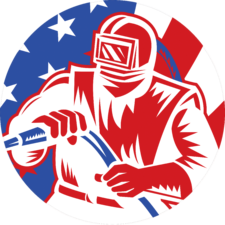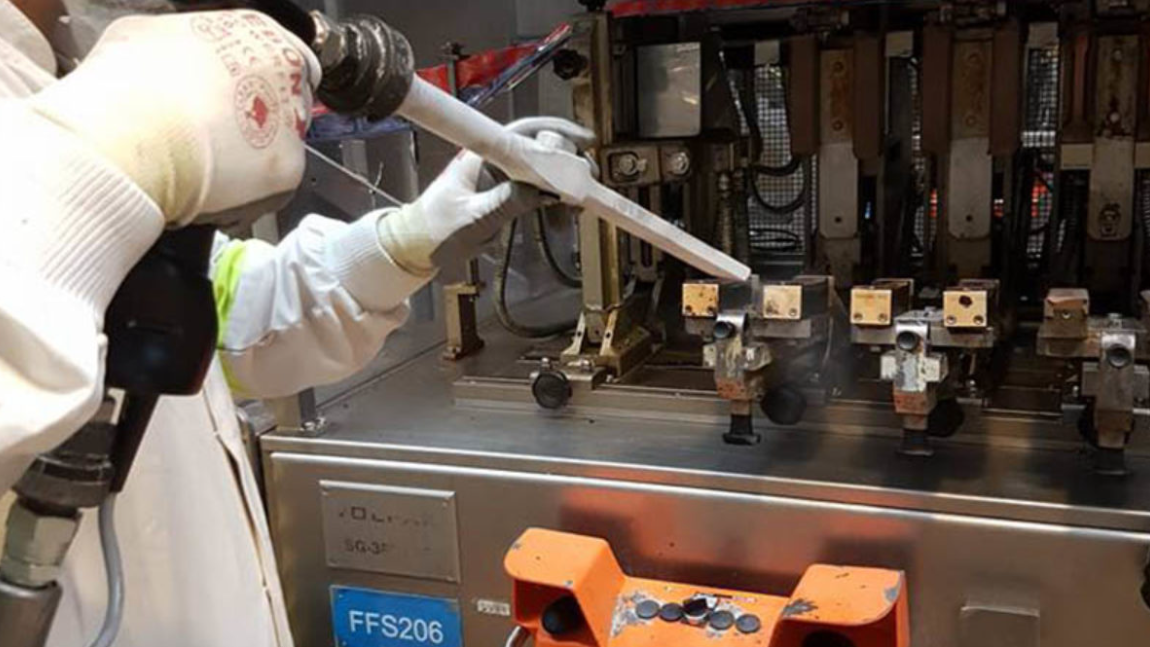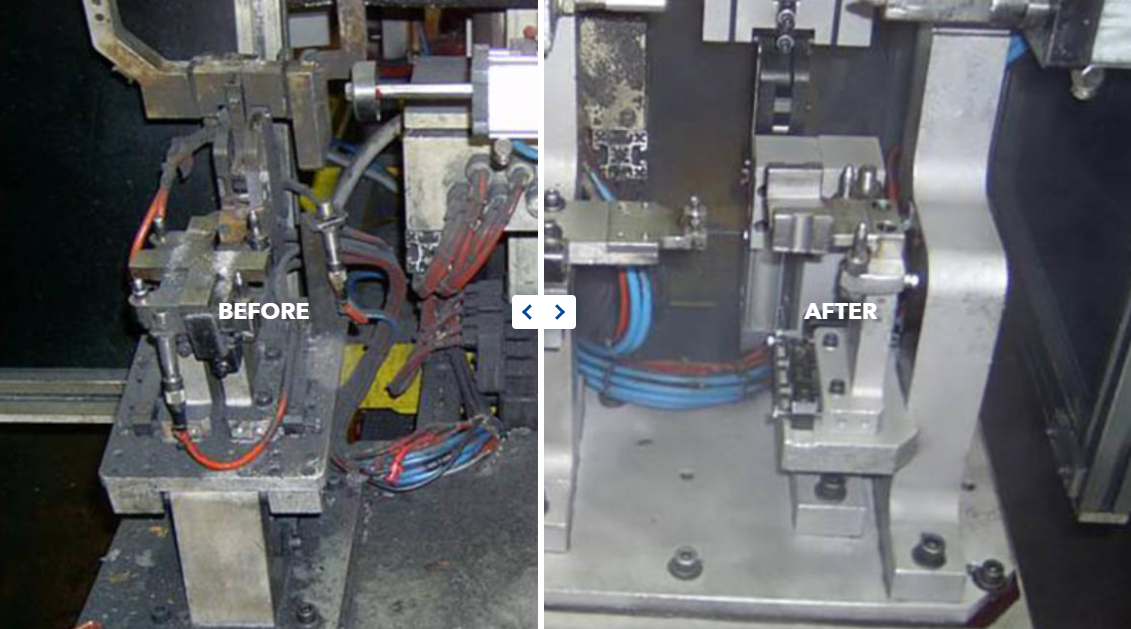MANUFACTURING LINE CLEANING
Whether a manufacturing line is producing food or foundry parts, keeping those line equipment and production machines moving cleanly and efficiently is of the utmost importance for companies to meet all of their industry’s compliance requirements and policies.
Dry ice blasting equipment cleans all types of production and ancillary equipment without damaging surfaces, creating secondary waste or harming employees or the environment. Dry ice blasting thoroughly cleans contamination from process and production equipment in-place, without water or chemicals, and even while the equipment is still running.


